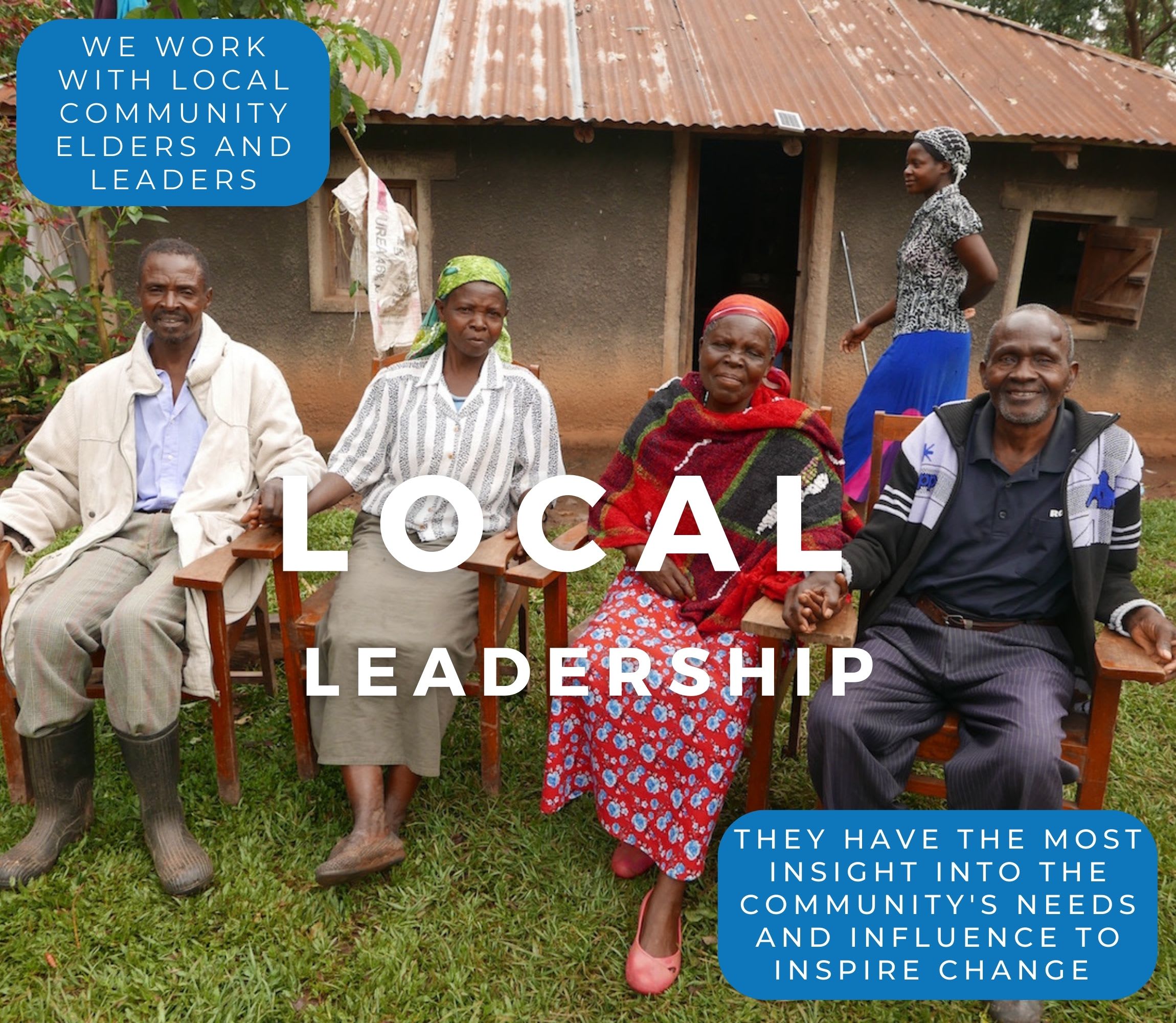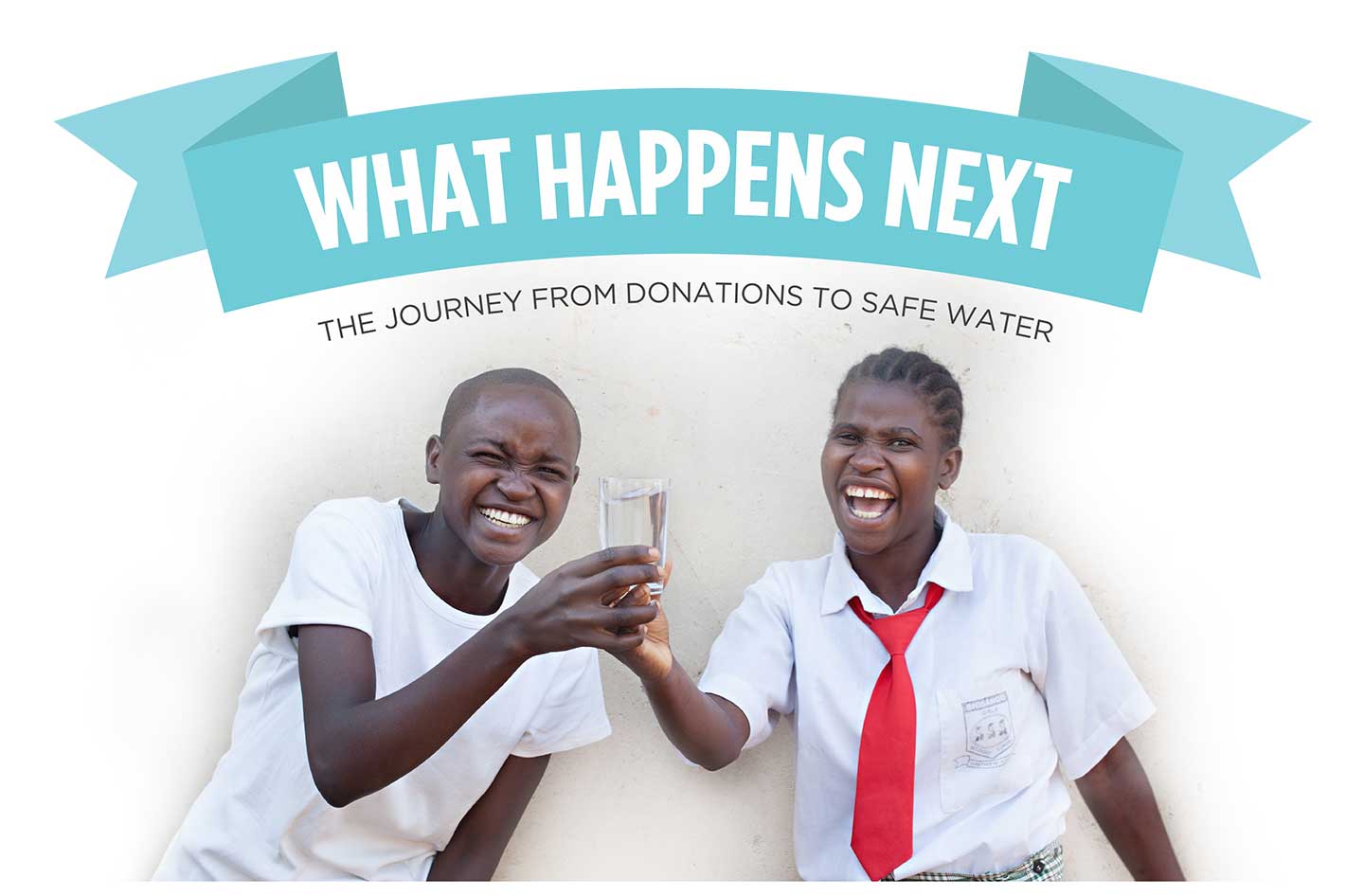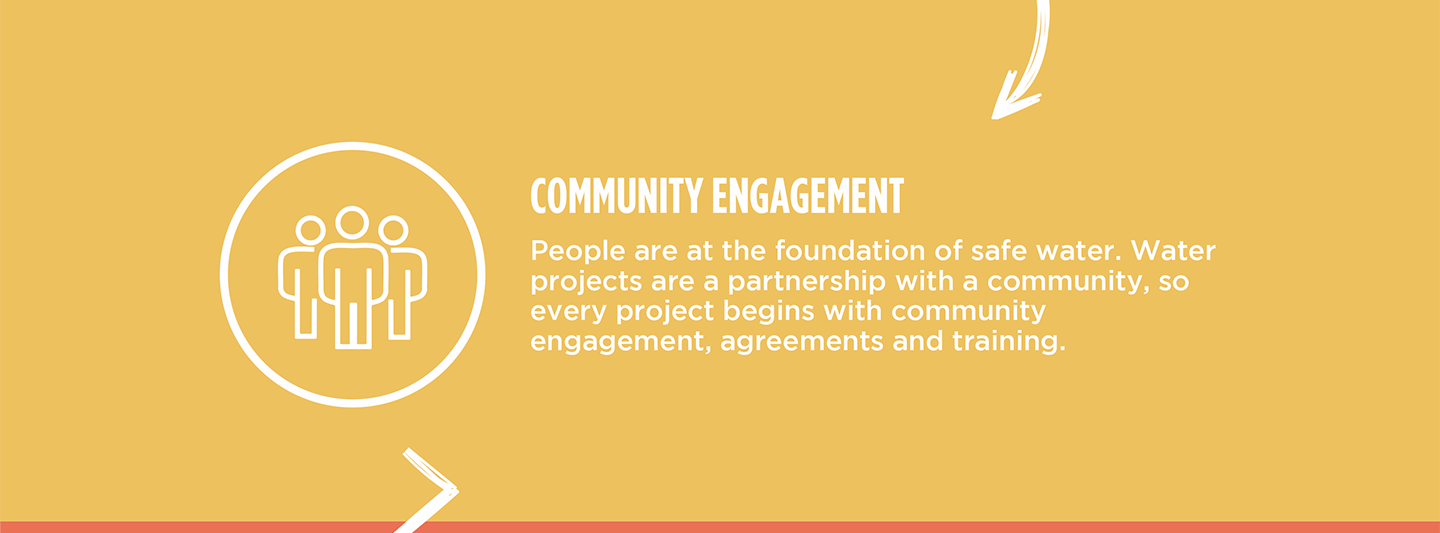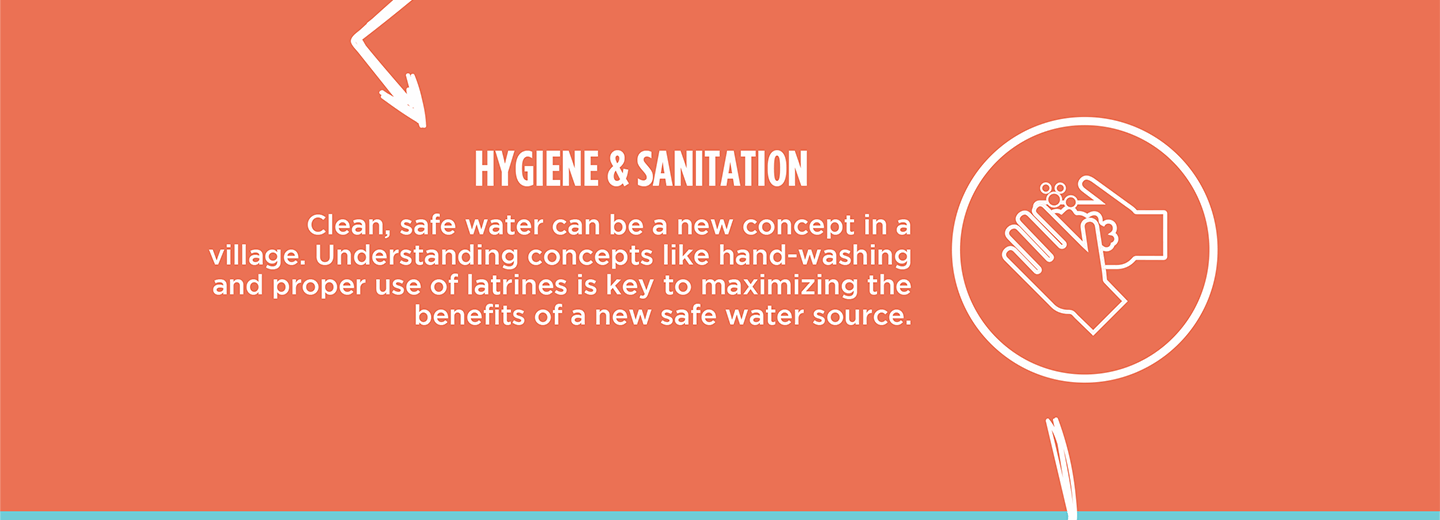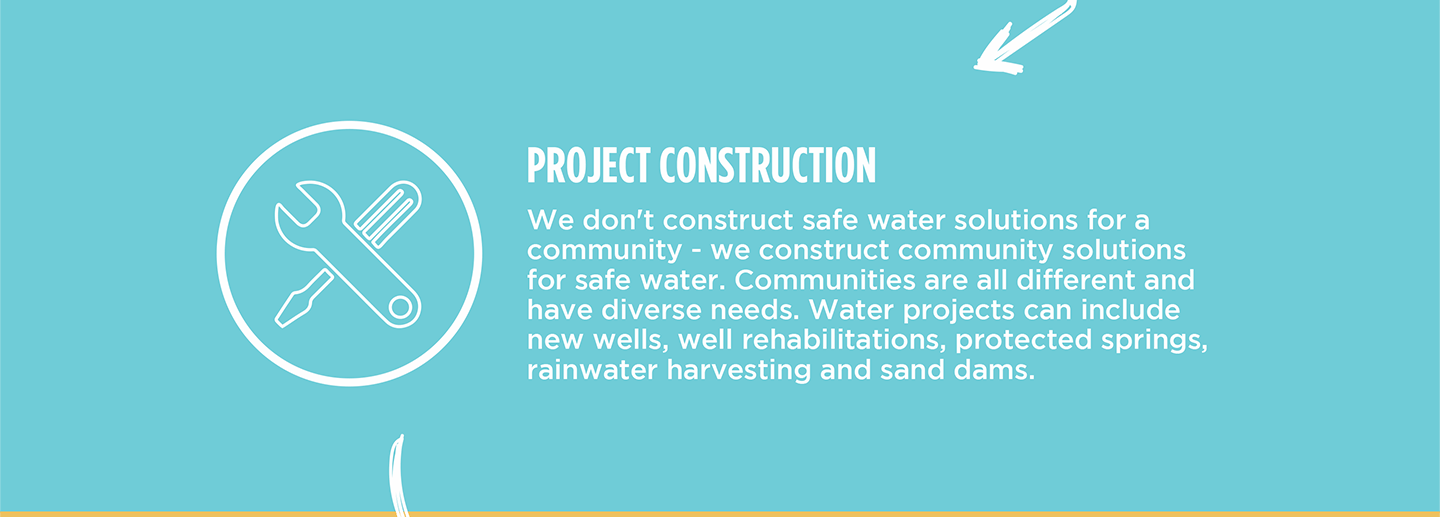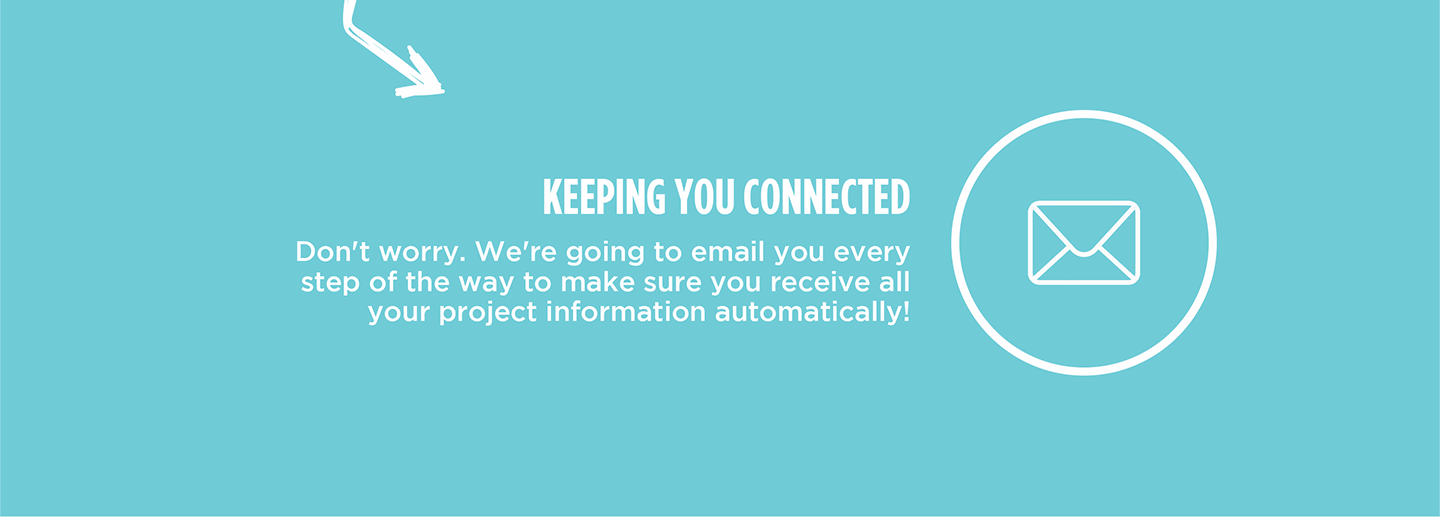Here are a few pictures of the water well completed last month at the
Simbi Primary School in Kendu Bay, Kenya. After some technical
problems with their camera, our team re-visited the well site to grab
these shots.
Project Status
Project Type: Borehole Well and Hand Pump
Program: Wells for Schools - Kenya
Impact: 500 Served
Project Phase:
Community Managed
Implementing Partner Monitoring Data Unavailable
Initial Installation: Aug 2009
Community Profile
Project Photos
Project Type

Abundant water is often right under our feet! Beneath the Earth’s surface, rivers called aquifers flow through layers of sediment and rock, providing a constant supply of safe water. For borehole wells, we drill deep into the earth, allowing us to access this water which is naturally filtered and protected from sources of contamination at the surface level. First, we decide where to drill by surveying the area and determining where aquifers are likely to sit. To reach the underground water, our drill rigs plunge through meters (sometimes even hundreds of meters!) of soil, silt, rock, and more. Once the drill finds water, we build a well platform and attach a hand pump. If all goes as planned, the community is left with a safe, closed water source providing around five gallons of water per minute! Learn more here!
Sponsors
St. Peters Catholic Church - Greenville, NC
 Borehole Well and Hand Pump
Borehole Well and Hand Pump Rehabilitation Project
Rehabilitation Project

